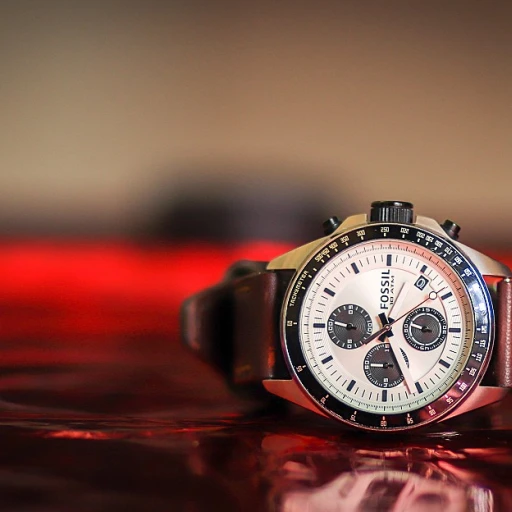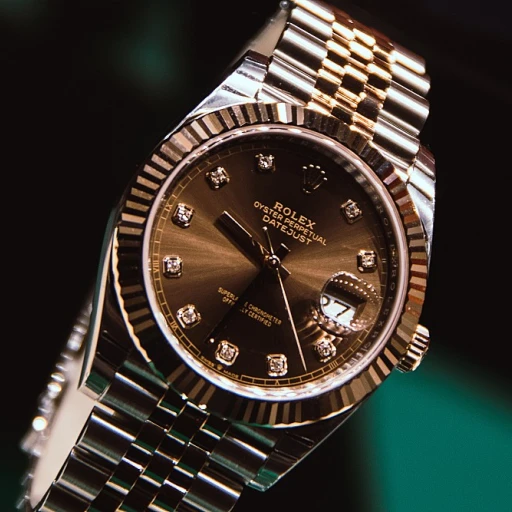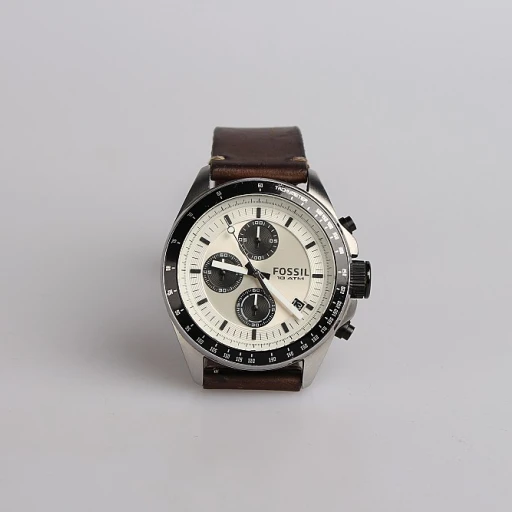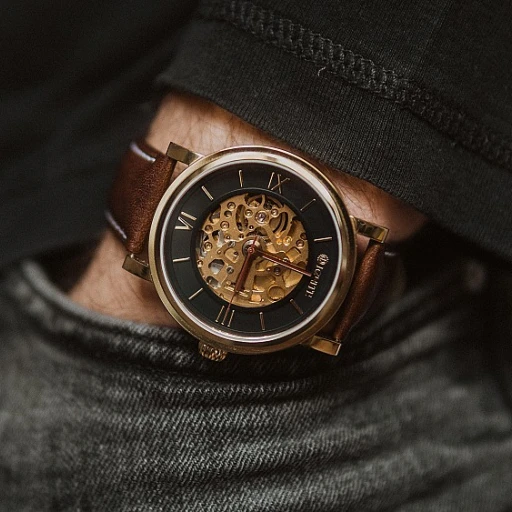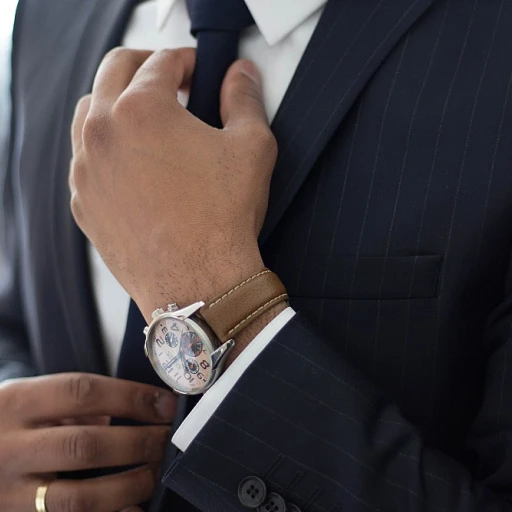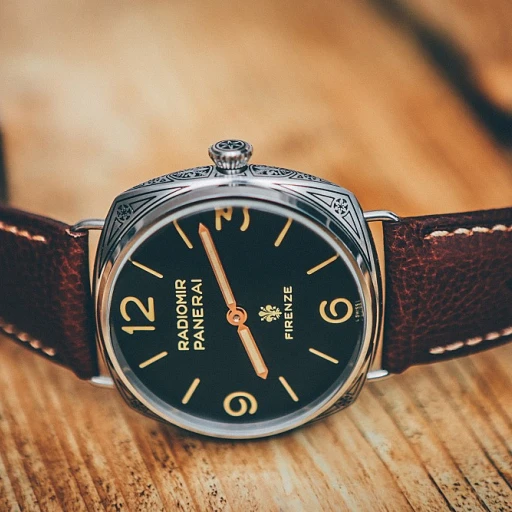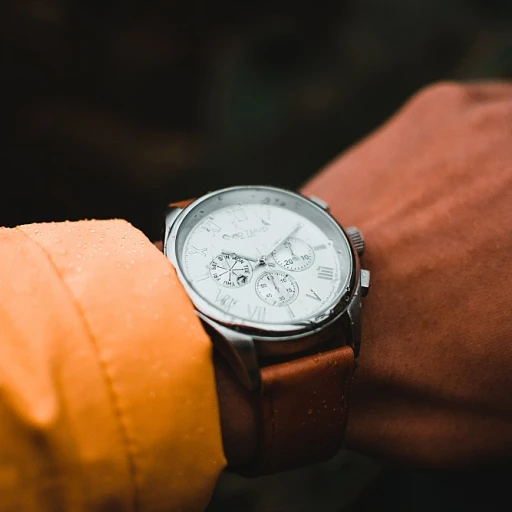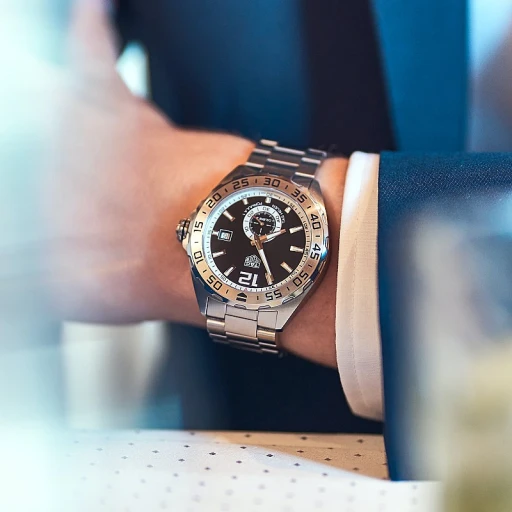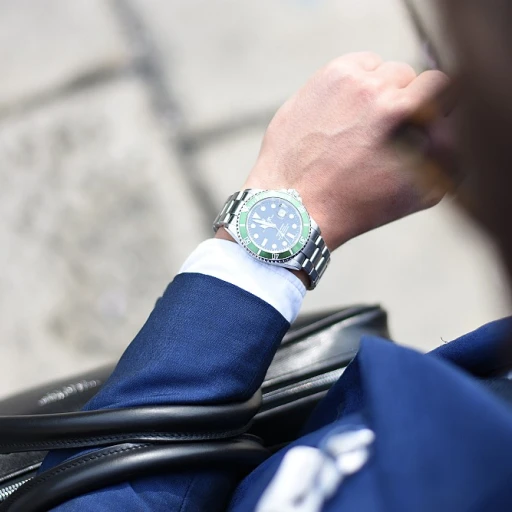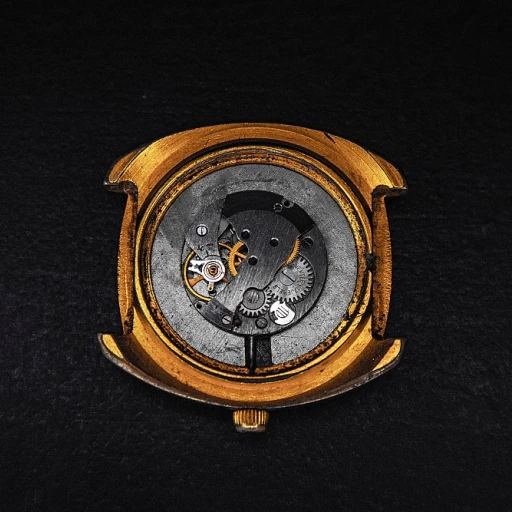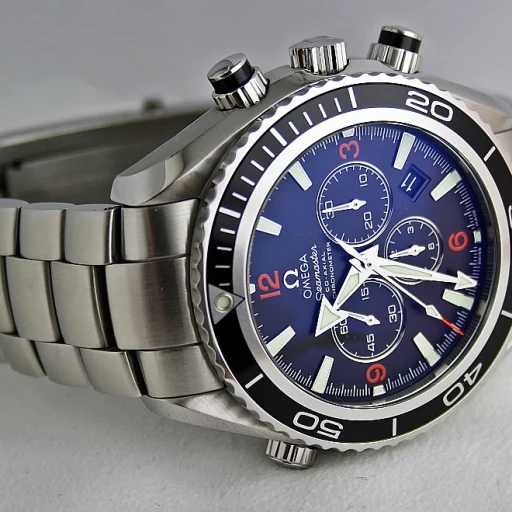
The Iconic Design Elements of 1980s Rolex Watches
The Enduring Design Elements That Set the 1980s Rolex Apart
The 1980s were a pivotal era for Rolex, with design elements that retained classic appeal while ushering in innovative advancements. Back then, Rolex watches stood out with their distinctive aesthetic, which has contributed significantly to their status in the luxury watch sector. Rolex's ability to blend traditional elegance with modern demands garnered admiration and a loyal following. Take the iconic Rolex Datejust, for example, renowned for its blend of grace and functionality. Its simple yet sophisticated silver dial and the clean lines of its case have captivated watch enthusiasts worldwide. The Datejust also marked a turning point when it introduced the quickset mechanism on the Rolex Day calendar feature. Materials played a crucial role in Rolex's 1980s design philosophy. The use of both stainless steel and yellow gold in the oyster perpetual case signaled a new era. The combination allowed for robust yet elegant wear, and this era also saw the introduction of the Rolesor variant, where gold and steel beautifully complemented each other. Additionally, the durable construction of the stainless steel made these watches suitable for everyday wear, without compromising luxury or style. The Submariner, a crucial part of Rolex's heritage, continued to solidify its place in the horological pantheon with its distinctive bezel and luminous markers. Similarly, the GMT Master became a symbol of prestige with its vibrant bezel often encasing a diamond dial—a feature that added a touch of opulence to an otherwise highly functional piece. In the late 1980s, Rolex began experimenting with new materials that exuded luxury and prestige, such as the precious yellow gold on the diamond bezel models, catering to a clientele that valued opulence as much as practicality. The Rolex Air King presented a unique combination of steel and gold, providing subtle elegance that appealed to the discerning collector. Rolex's meticulous attention to detail was evident in these models, with each dial circa the 1980s reflecting a unique era in design. The use of roman numerals on some dials imparted a classic touch, which complemented the robust engineering of the watch internals. If you're interested in exploring more of Rolex's timeless elegance, the allure of the blue Rolex offers an exquisite look into their craftsmanship. The 1980s Rolex watches remain coveted pieces in today's market, not only for their iconic designs but also for the groundbreaking craftsmanship and innovation they introduced. This allure that started decades ago continues to attract both seasoned collectors and new enthusiasts alike.Craftsmanship and Innovation in 1980s Rolex Models
Unparalleled Craftsmanship
The 1980s saw Rolex solidifying its reputation as a pioneer in craftsmanship, employing only the finest materials to construct its legendary timepieces. During this era, Rolex watches were crafted with an exceptional commitment to precision, marrying elegance and durability. The use of stainless steel and lavish yellow gold exemplified their dedication to both resilience and luxury, culminating in iconic models such as the Rolex Submariner and the Rolex Datejust.
One of the defining features of the 1980s Rolex models was the extraordinary attention to detail in the construction of the dial. Be it the datejust silver option or the bold roman dial, each piece was a testament to Rolex's mastery of intricate designs. Diamond bezels also emerged as a preferred choice for those looking for a touch of opulence, adding a layer of luxurious sophistication to the otherwise rugged and sturdy oyster perpetual cases.
Commitment to Innovation
The 1980s Rolex era was not just about perfecting traditional designs; it was also a period marked by groundbreaking innovations. The integration of the revolutionary quartz technology into models like the Oysterquartz marked a defining moment in the brand's history. Despite the quartz movement's popularity during that period, Rolex remained steadfast in its dedication to mechanical movements, underscoring a belief in timeless craftsmanship over fleeting trends.
- GMT Master – With its dual time zone capability, it appealed to globe-trotters and jet-setters alike.
- Rolex Submariner – Continually improved with materials like stainless steel and ceramic that enhanced performance under pressure.
Additionally, the precision and durability of the movements, often crafted from robust stainless materials, ensured each piece stood the test of time, making these vintage Rolex selections extremely coveted by collectors today. For more insights into this era's enchanting allure and design evolution, explore the allure of the Blue Rolex.
Popular Models and Their Impact on the Market
The Dawn of Iconic Rolex Watches in the 1980s
The 1980s marked an era of significant evolution for Rolex, where several watch models emerged that left an indelible mark on the horology world. Among these, the Rolex Datejust and the Oyster Perpetual line stood out with their classic yet modern appeal, resonating with collectors and enthusiasts alike. The Rolex Datejust, known for its timeless design, introduced variations featuring a diamond bezel and a datejust silver dial, appealing to those drawn to both elegance and functionality. The stainless steel version provided a versatile option, making it an ideal choice for various occasions. The combination of the watch dial with options like a dial diamond or roman dial presented an opportunity for personalization that enhanced its attractiveness. In this decade, the Rolex Submariner continued to elevate its status as an icon. The vintage Rolex Submariner, whether in yellow gold or stainless steel, attracted admirers with its bold design and durability. Its robust materials like stainless steel and the unmistakable rotating bezel reinforced its reputation as a watch prepared for any maritime adventure. Another notable inclusion during this period was the GMT Master. Popular for its dual time zone capability, it became a staple for jet-setting individuals. The watch featured a sophisticated oyster perpetual mechanism and solid materials stainless construction, proving both its resilience and style. Rolex watches from this era also experienced an increased popularity due to the array of new features and improved craftsmanship they demonstrated, which we delve into in discussing the timeless appeal of Gerald Genta’s masterpieces. This period was instrumental in affirming Rolex's position as a leader in combining luxury and utility in its creations.The Collectibility and Value of 1980s Rolex Watches Today
The Intrinsic Value of Vintage 1980s Rolex Watches
The allure of 1980s Rolex watches extends beyond their distinguished design and craftsmanship. These timepieces have become increasingly valued among collectors, owing to their historical significance and unique aesthetic attributes. Acquiring a Rolex from this era is both an investment and a passion for aficionados. Watch enthusiasts appreciate the specific design elements like the distinctive oyster perpetual cases and the silver or roman dials. These features encapsulate the era's essence, enhancing the watch's desirability and rarity. The materials used, such as stainless steel and yellow gold, contribute significantly to the appeal and longevity of these vintage models. The renowned Rolex Datejust and Submariner from the 1980s are prime examples; their blend of practical functionality and elegant design makes them revered artifacts of horological history. Popular references, including the Rolex GMT Master with its classic bezel design, maintain their prestige in the market. They show a resilience to obsolescence due to their timeless design solutions and Rolex's innovation in watchmaking technology during this vibrant decade. Market Dynamics In today’s market, the price of a vintage Rolex watch is heavily influenced by its condition, reference number, and historical provenance. Collectors often seek watches with original parts, such as the dial diamond or diamond bezel options, which can significantly inflate their value. Models like the Rolex Datejust and Air King from the 1980s are especially sought after due to their iconic status and adherence to classic Rolex traits. The combination of aesthetics, historical context, and rarity provide vintage Rolex watches with a unique market position. Despite the years, the 1980s Rolex models continue to hold incredible value and appeal, representing a piece of horological and cultural history. The intrinsic value, both monetary and sentimental, of these vintage watches remains firmly etched in the fabric of luxury watch collecting.Celebrity Endorsements and Cultural Significance
Famous Faces Behind the Vintage Era
The 1980s marked a pinnacle for Rolex as high-profile figures across various spheres became unofficial ambassadors for this iconic brand. Often seen sporting a Rolex Datejust or a Rolex Submariner, these celebrities significantly influenced public perception and desire, by coveting Rolex watches with its timeless appeal. The allure was not merely the aesthetic brilliance of a gold or steel watch, but what it represented—a symbol of success and prestige. Rolex, known for their reliable craftsmanship and indelible style, found their way into films, television offices, and sporting arenas. From the lavish yellow gold models with a diamond bezel to the more understated steel versions shared in vintage Rolex collections, the accessories transcended mere utility; they became characters of their own. This period saw men and women alike gravitating towards models like the Rolex Oyster Perpetual for their silver dial elegance and the GMT Master for its adventurous appeal. Such exposure only added to the cultural cachet and popularity of Rolex watches. As people watched their idols flaunt these pieces, the status and collectibility of vintage Rolex models surged. Whether it was a stainless-steel Rolex with a silver Roman dial or a distinctive Rolex Day with a dial diamond design, these watches houses an eternal elegance. The impact of this celebrity endorsement not only fueled market demand but also solidified the Rolex legacy as an aspirational centerpiece for any collection. These endorsements also created a ripple effect, enhancing the resale price and perceived value of these timepieces in today's market. From a timeless Rolex Datejust to a robust Rolex Submariner, the appeal of these 1980s references continues to captivate both seasoned collectors and new aficionados alike, seeking a piece of horological history.Preserving and Maintaining Vintage Rolex Watches
Preserving the Legacy of Vintage Rolex Watches
Caring for vintage Rolex watches, such as those from the iconic 1980s era, is essential for maintaining their timeless charm and enduring value. These timepieces not only boast illustrious history but also feature distinct design elements and materials that require thoughtful preservation.Firstly, it's important to note the materials that contribute to their allure. Rolex models from this era often combine luxurious yellow gold and resilient stainless steel. The Rolex Oyster Perpetual and Rolex Datejust of that time are perfect examples, each showcasing a beautiful blend of materials. Stainless steel, renowned for its durability, protects the intricate mechanisms within, while yellow gold adds a touch of opulence.
- Regular Servicing: To ensure the longevity of your vintage Rolex, it is advisable to have it serviced regularly by certified watchmakers. These professionals are equipped to manage the intricacies of watches from this era, whether it's a diamond bezel Rolex Datejust or a vintage Rolex Submariner.
- Proper Storage: Storing watches in a climate-controlled environment can protect them from humidity and extreme temperature changes, both of which can affect the integrity of the dial, bezel, and other components.
- Avoid Exposure to Elements: Minimize exposure to harsh elements such as water, perfumes, and cleaning agents. For models like the GMT Master or Rolex Day-Date, which often feature luxurious materials, careful maintenance is key.
The choice of vintage Rolex from the 1980s also reflects one's appreciation for the distinct design and craftsmanship iconic to that era. Owning a watch from this time not only conveys a sense of timeless sophistication but also connects enthusiasts to a rich tapestry of horological innovation and history. Whether it’s the elegance of a silver dial Datejust or the robustness of a steel watch, each model tells a unique story of Rolex's legacy.

